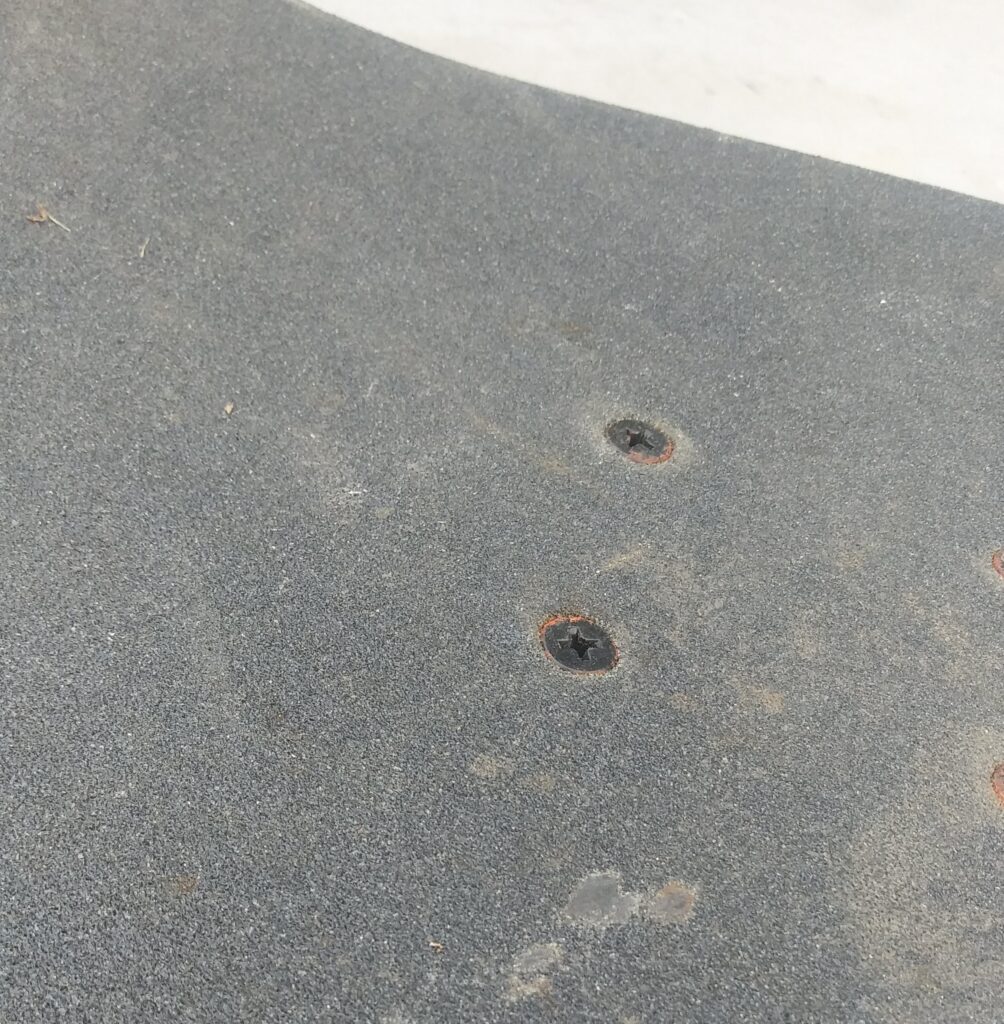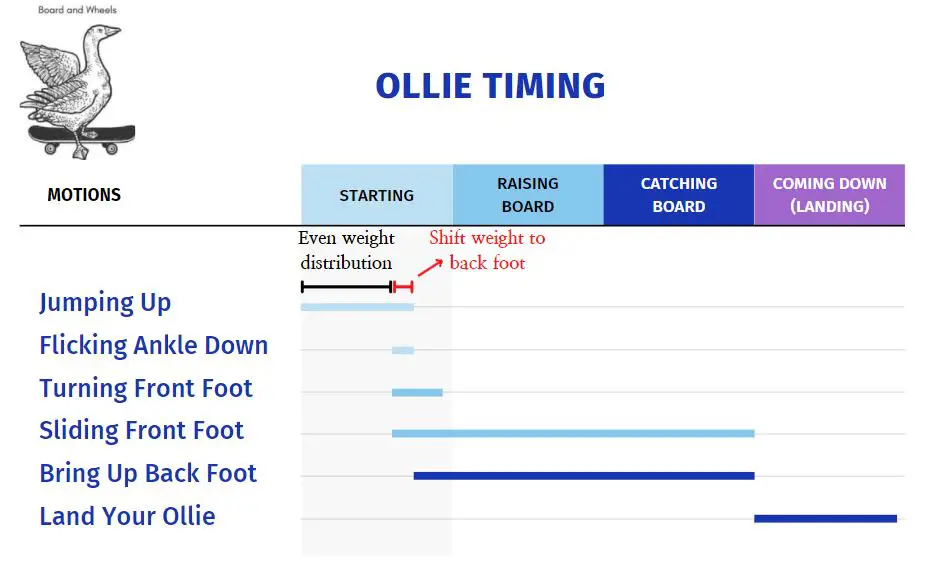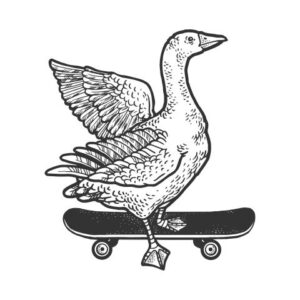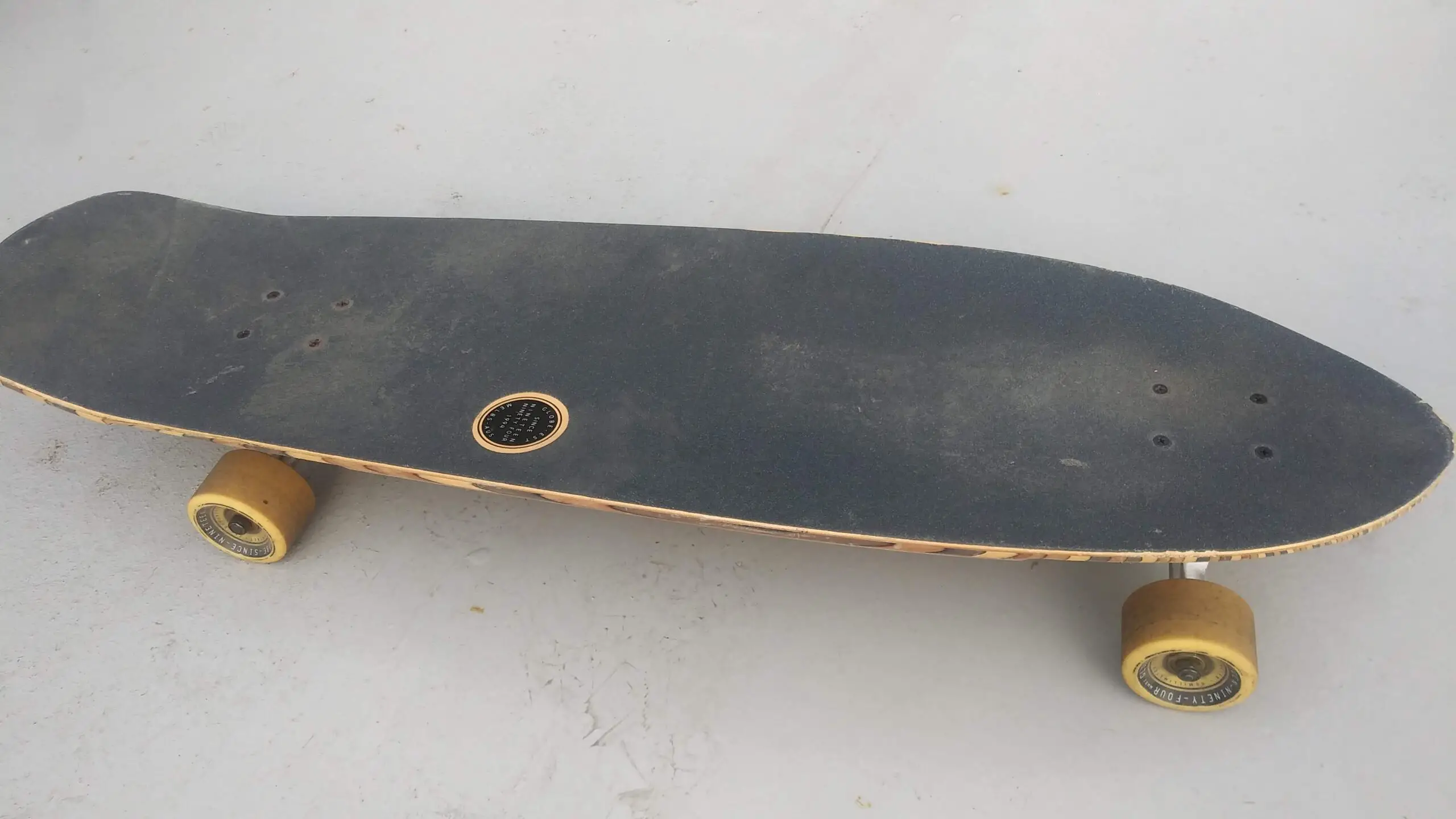There are loads of people who only skate to cruise around and get cruiser boards as a result. Sometimes they want to ollie up curbs on their cruiser.
But can you ollie on a cruiser board?
If a cruiser board has grip tape and a kicktail, then it can be ollied. However, cruiser boards are often much heavier than skateboards, have a higher center of gravity, and have softer wheels. All of these factors will make doing an ollie with a cruiser board more difficult.
So it really depends on if the board has a kicktail (most cruisers do) and if the board has grip tape. There are quite a few cruiser models out there that don’t use grip tape so this might be a sticking point (pun intended) for some of you. Also, keep in mind that a cruiser board simply isn’t designed to be ollied.
Anyway, let’s go ahead and dive into it.
Can All Cruiser Boards Ollie?
Not all cruisers are built the same.
This isn’t a bad thing necessarily, but there are two key features needed on a board to do an Ollie. Let’s quickly look at each one.
Kicktail

A kicktail is the raised and angled end of your skateboard. This is on the tail, or back, of your skateboard and can be used to help with steering your board and lifting it off of the ground.
To get proper pop for your Ollie, you will need to flick down on your kicktail so that pops against the ground and brings the front of the board up.
Griptape

Griptape is the rough emery or sandpaper that is glued to the top of your board. It allows the rider to have a better grip and thus better control of his or her board. Typically, griptape looks like black sandpaper, but other griptape colors and griptape with designs exist.
Some are throwbacks to classic cruisers from the 60 and early 70s and feature no grip tape whatsoever. This is an issue if you want to do an Ollie as you will be unable to “catch” your board with your foot. This is necessary to actually raise the board from the ground.
If you want to see real skate progression after a year, then check out my article showing my first year’s progression in skating.
Why Doing an Ollie with a Cruiser is Difficult
Cruisers come in all shapes and sizes so there can be different reasons for each cruiser n why it is difficult to Ollie with. Just keep in mind, for the most part, cruisers are not designed for tricks or Ollies.
That being said, let’s make a little list of why doing an Ollie on a cruiser board is difficult:
- The cruiser board is too long
- The cruiser board is too short
- The cruiser board is too heavy
- The cruiser board’s wheel are risers raise the center of gravity
- The front of the board doesn’t have a kicktail
- The griptape isn’t “grippy” enough
Some people also think soft wheels make doing an ollie more difficult, but I disagree. I have soft longboard wheels on an otherwise normal skateboard set-up and pop Ollies just fine.
Generally, you will have a large bulky cruiser that is too heavy to easily ollie and your center of gravity will be raised up by large wheels and risers. The higher center of gravity makes it so you must flick your board down harder for the same pop.
How to Do an Ollie on a Cruiser Board

When it comes to doing an ollie on a cruiser board, the process is exactly the same as a normal ollie. That’s not saying a normal Ollie is easy. An Ollie is actually very difficult to learn. You can see my full article on how to do an Ollie here.
The general steps are as follows:
- Crouch Down
- Jump Up
- Flick Back Ankle Down
- Slide Front Foot Up and Forward
- Bring Up Back Foot
- Land Your Ollie
And these steps sort of overlap with each other in a way that makes this trick quite complex. The only aspect that is different with a cruiser is that the boards are heavier and sometimes have a higher center of gravity. This means you need to strongly pop your board down with your ankle.
If you don’t have a solid pop and ankle flick, then you won’t be able to get a decent Ollie.
Tips for Successfully Landing an Ollie on a Cruiser Board
Get Smaller Wheels
This is something I see people mention and I agree with the sentiment. If you can slightly lower your center of gravity then it will be easier to pop your board.
Just keep in mind that smaller wheels typically mean harder wheels and this can ruin your cruise. Hard and smaller wheels are much more likely to make a ride uncomfortable or get caught on small debris. I recommend a wheel hardness no higher than 80a for your smaller wheels.
The wheels below are a perfect combination of soft and smaller wheels made by Bones which is a sub-company of the legendary Powell-Peralta brand.
Buy a Medium Sized Cruiser
The cruiser size you want for Ollie is something you imagine the Bones Brigade riding in the late 70s while popping Ollies out of pools and innovating the sport. Or maybe Mike Vallely in Public Domain.
You want something that is roughly similar in size to a normal “popsicle” skateboard. A board that is too big will be heavy and hard to control. A cruiser that is miniature will have no space to slide your foot up the board. Try and find a cruiser board that is between 8 and 11 inches wide and between 28 and 33 inches long.
The cruiser below is from Santa Cruz Skateboards which probably has the best cruiser selection on the market currently. The board is a perfect size for comfortable Ollies and riding with a length of 31.7 inches and a width of 9.35 inches.
Don’t Expect Huge Ollies
Another final tip is that you shouldn’t expect high and steezy Ollies from a cruiser board. They simply are designed for it and you’ll end up disappointed.
Just focus on getting a consistent little ollie that can clear curbs and you’re good to go. Just knowing a simple and small ollie that you can control will open up a whole new world in skateboarding for you. You won’t be clearing park benches, but you’ll still have a lot more fun.
If you’re interested in putting longboard wheels on an old skateboard set-up, check out my complete visual guide here.
Conclusion
So that’s it for doing an ollie on a cruiser board.
Cruisers aren’t exactly designed for tricks, but if you get a board with a griptape and kicktail you should be able to get some sort of Ollie. Ideally, you get a properly sized deck that is between 8 and 11 inches wide and between 28 and 33 inches long.
If you do, you’ll be good to go and popping Ollies in no time. But just in case you aren’t, don’t beat yourself up. Skating is just for fun and cruisers are especially hard to learn Ollies on.
Anyway, thanks for reading, and look out for more content from Board and Wheels.
Sources
- Mike Vallely’s Part in Public Domain
- Relevant Reddit Thread
- How to Ollie on Cruiser Guide
- Redbull Cruiser Board Guide
I have other guides about doing an ollie meant to specifically answer different aspects that might be helpful for you. You can see my list of ollie articles below:





